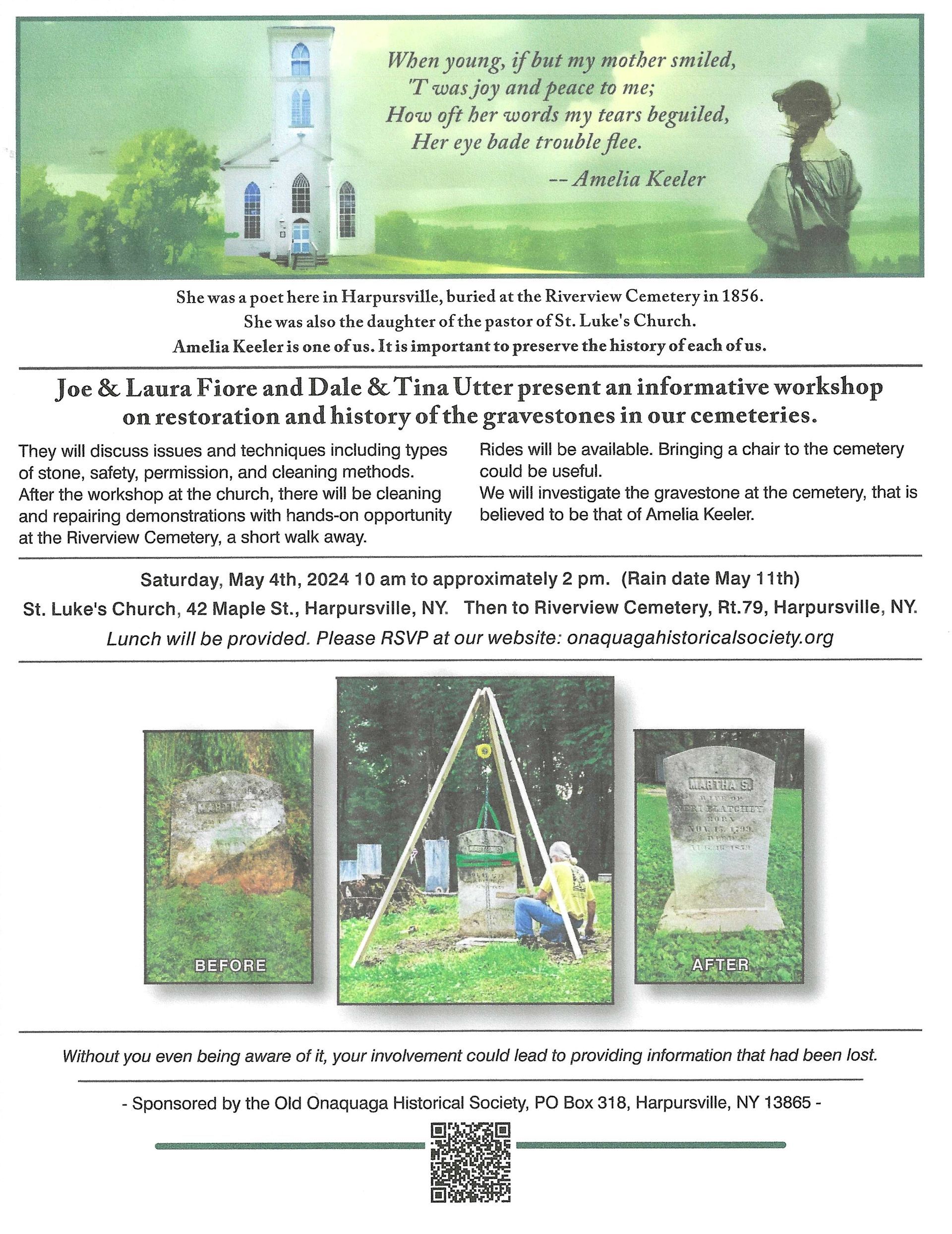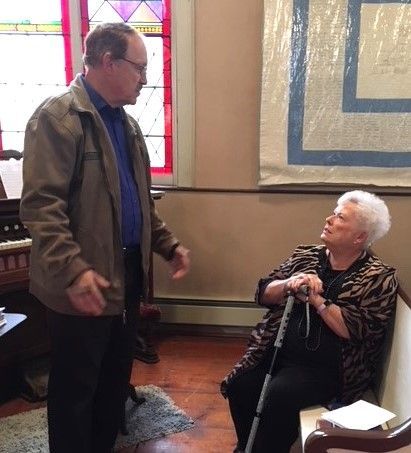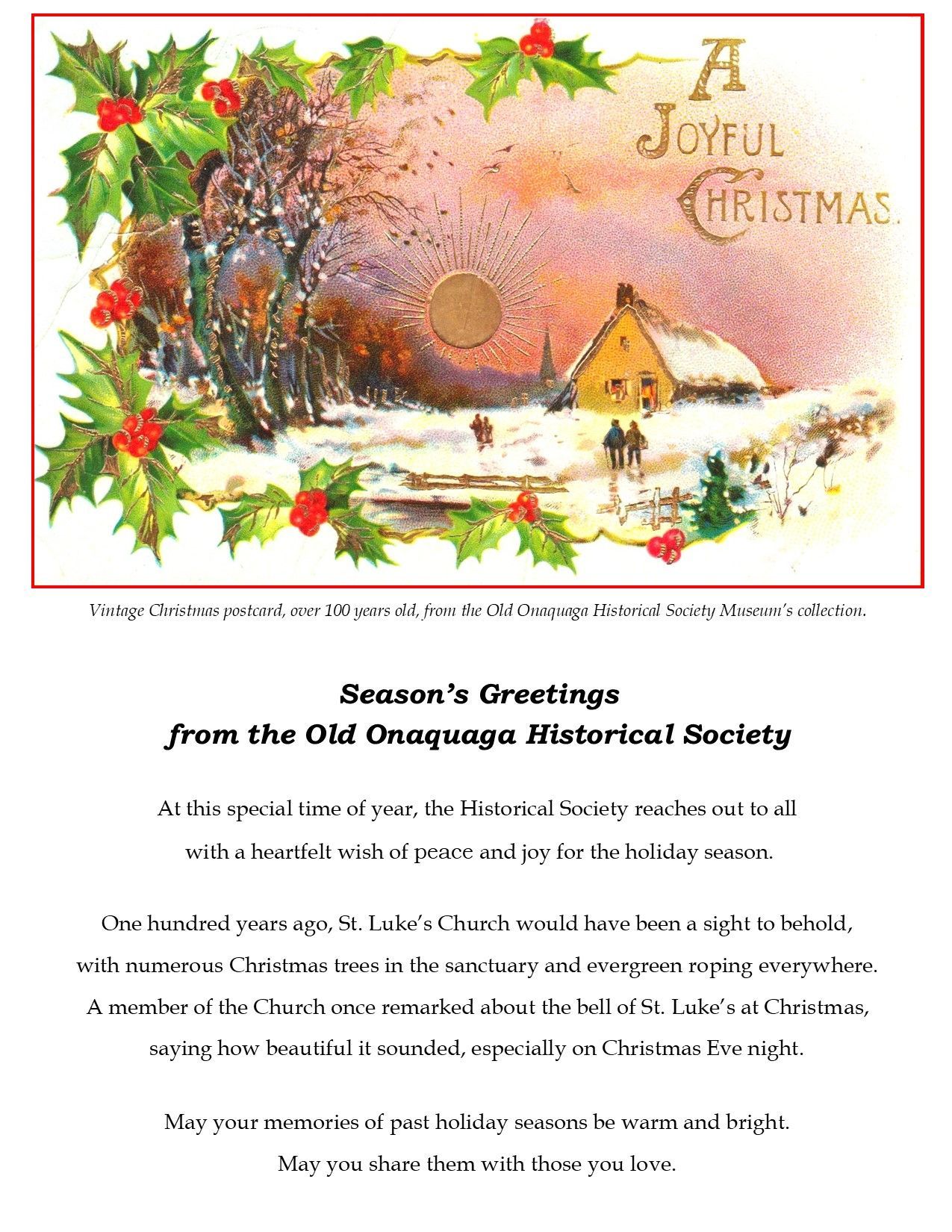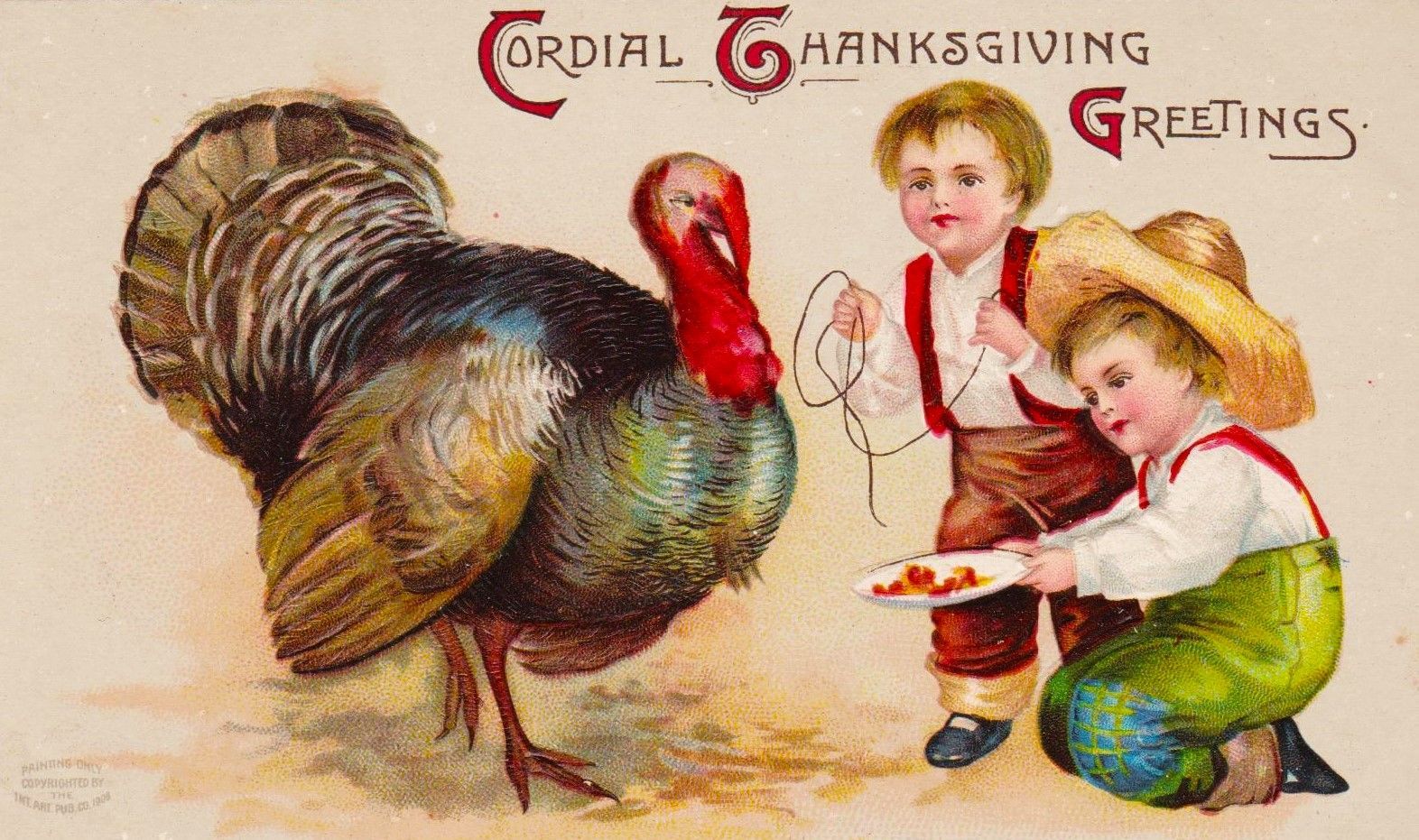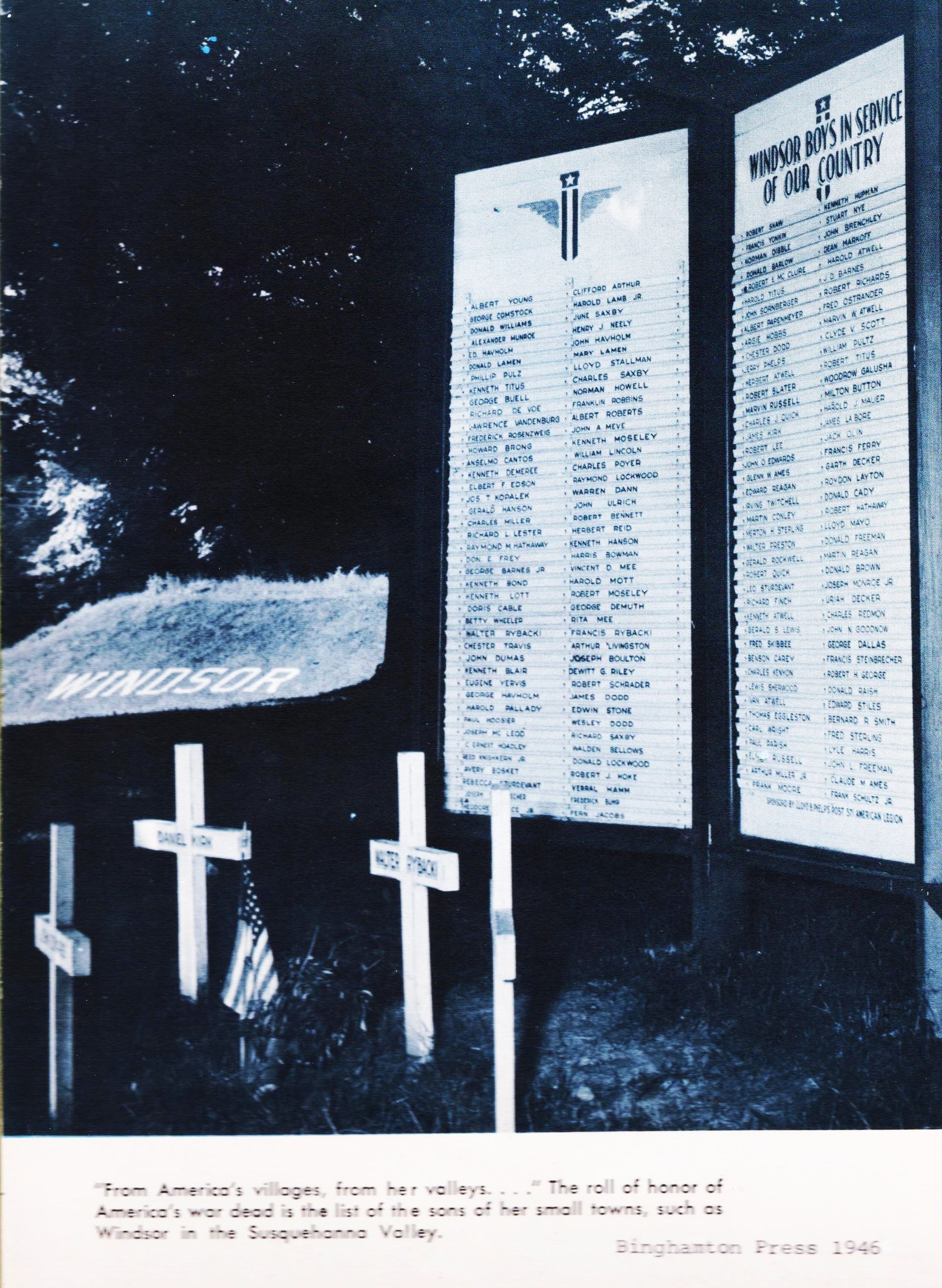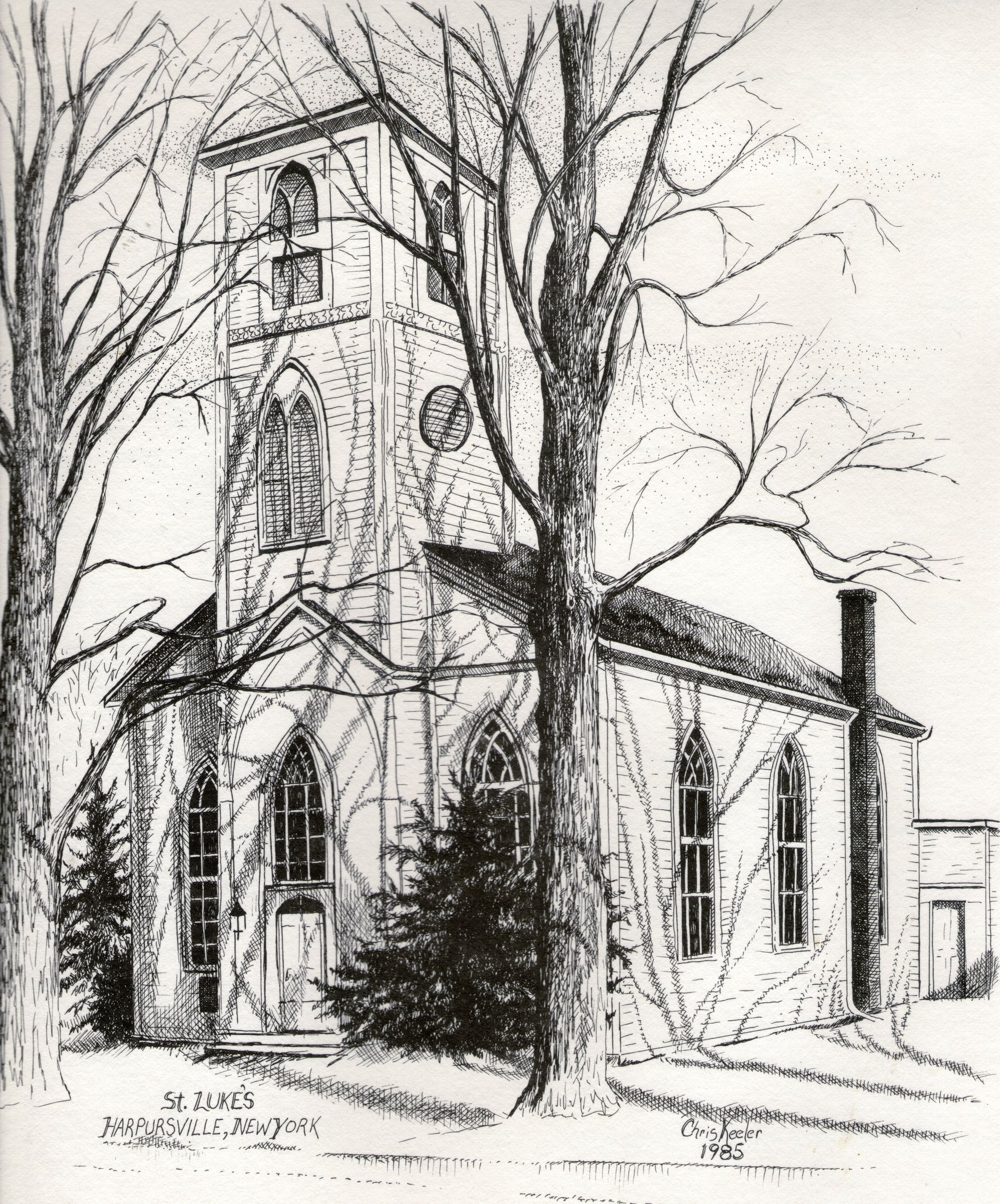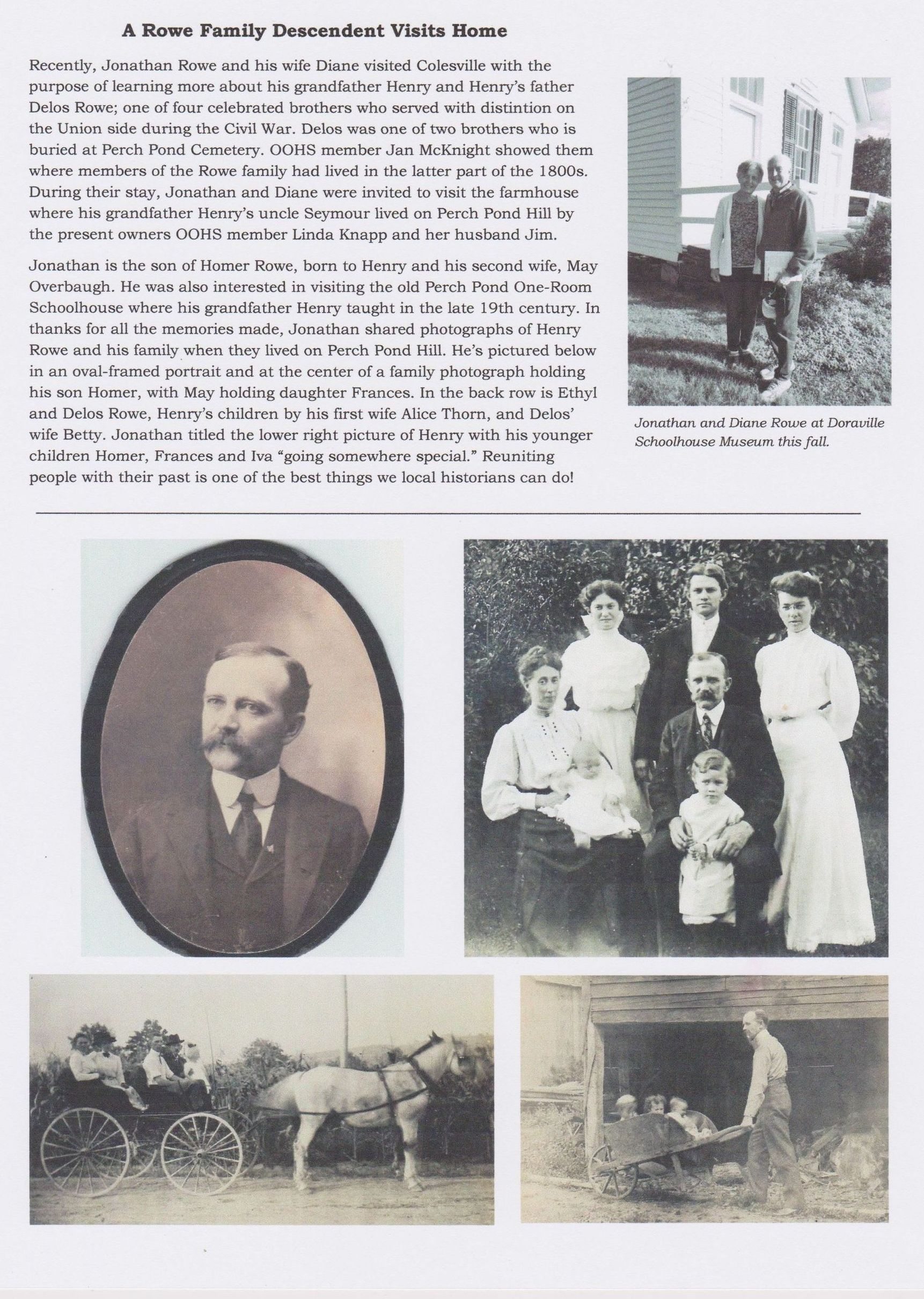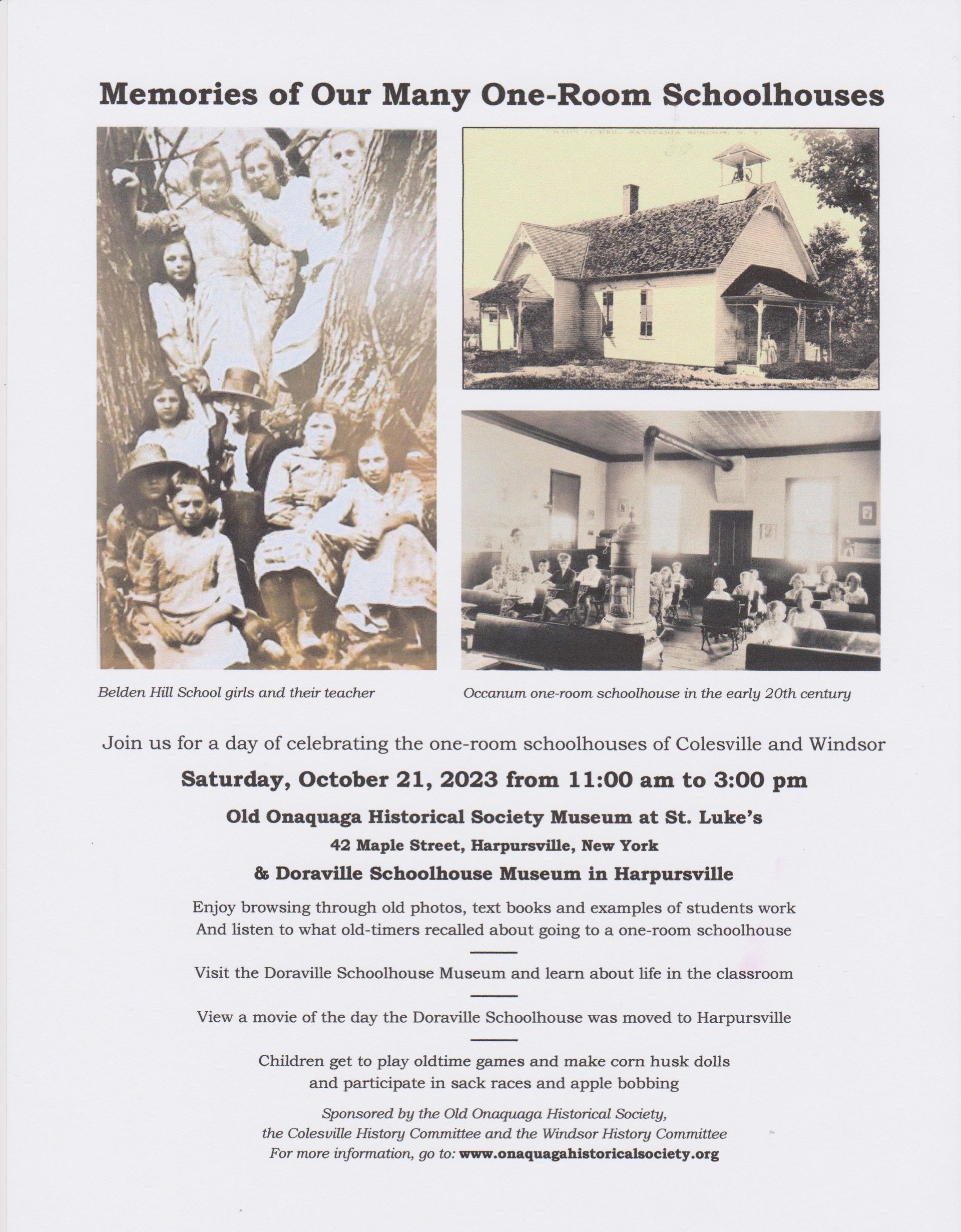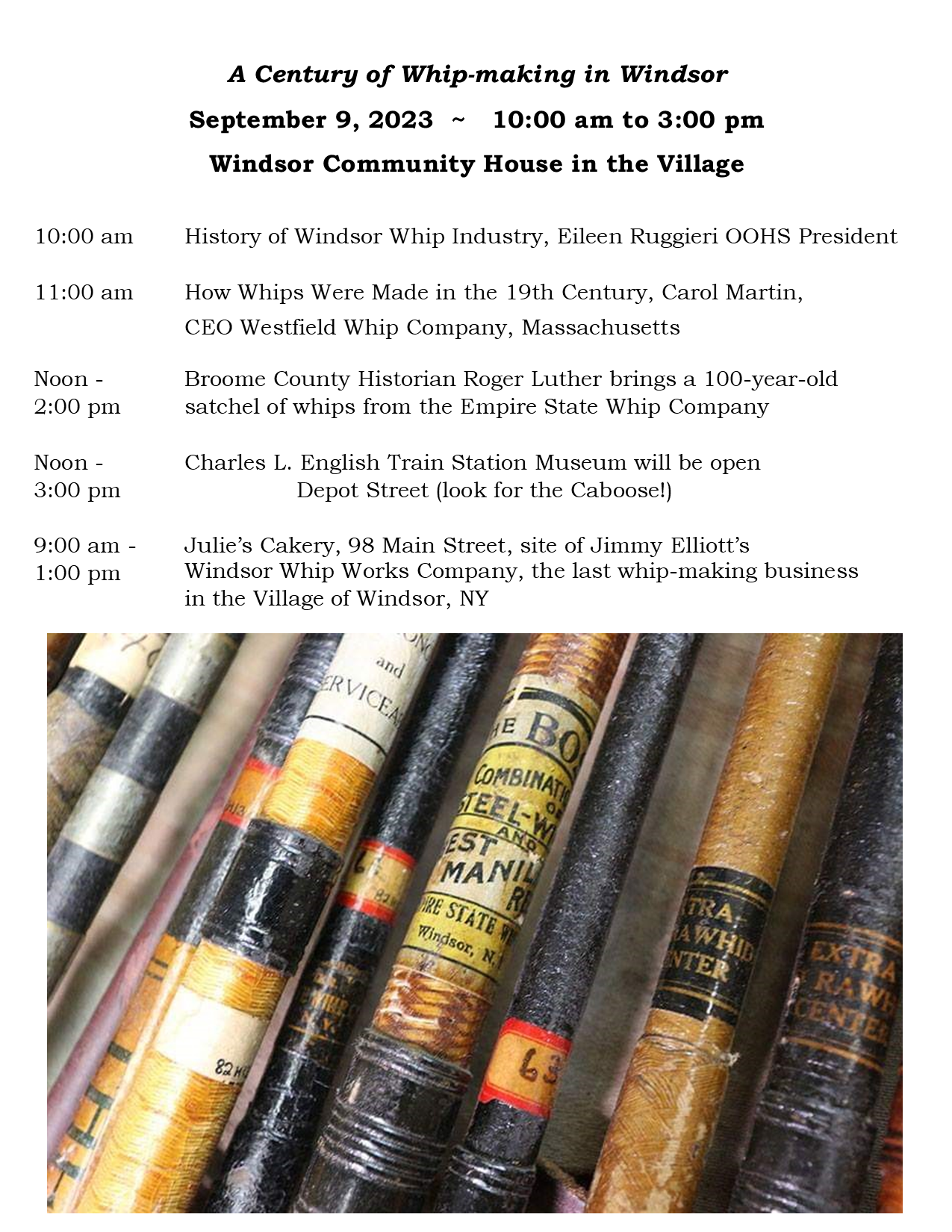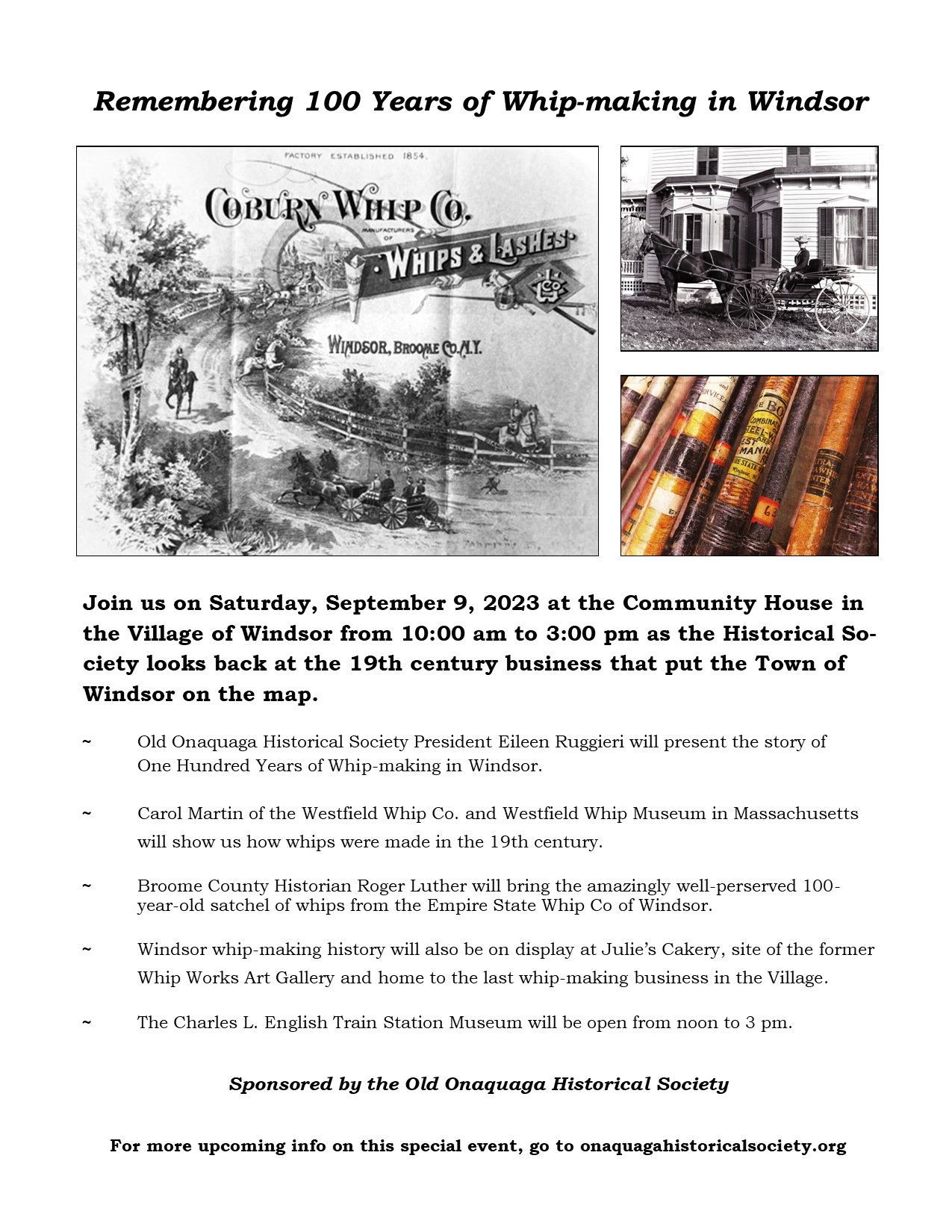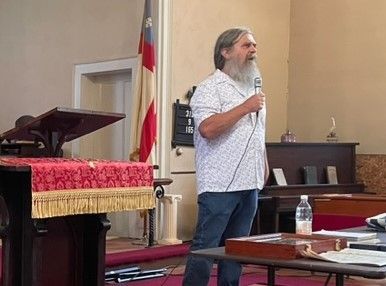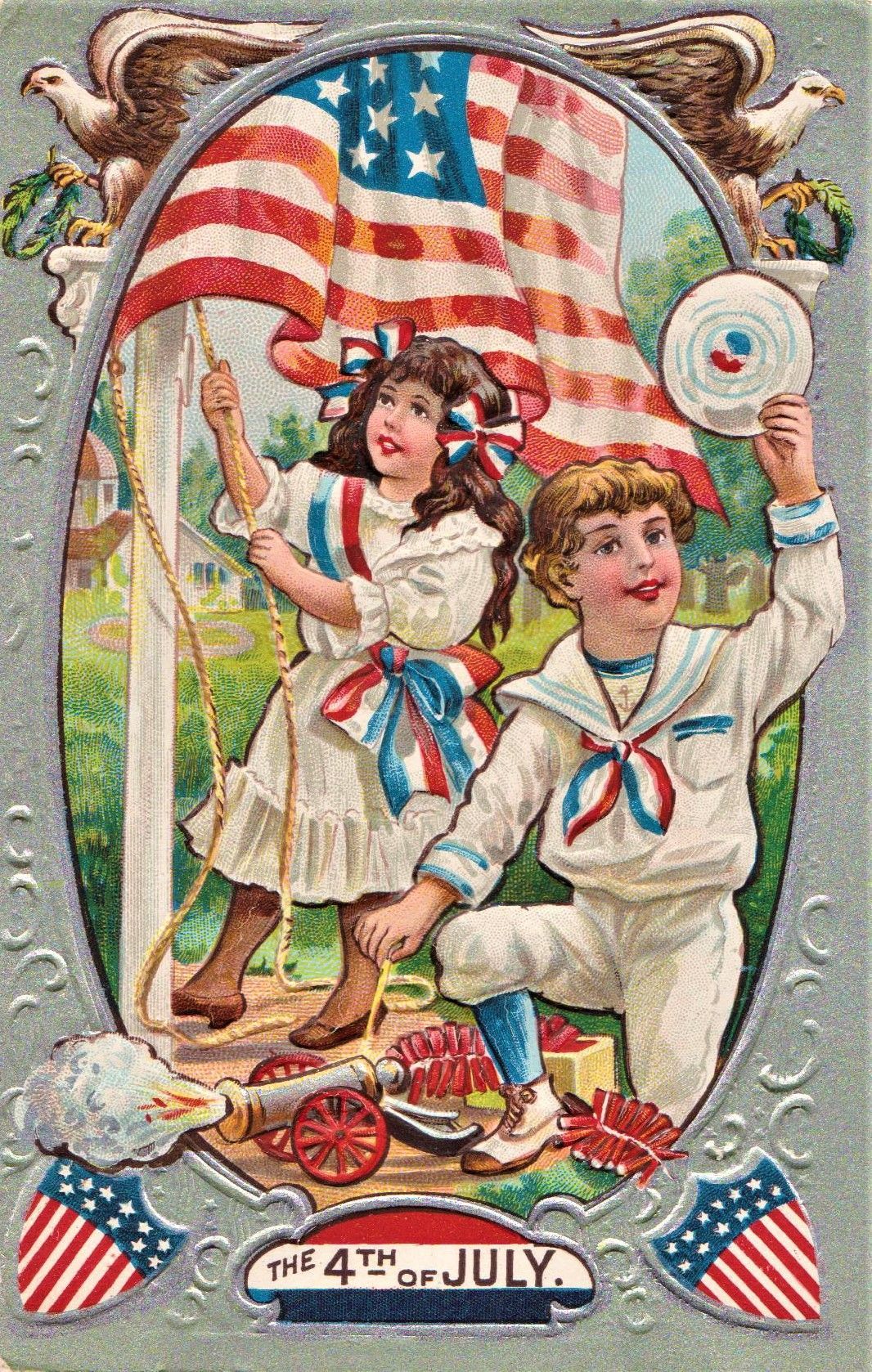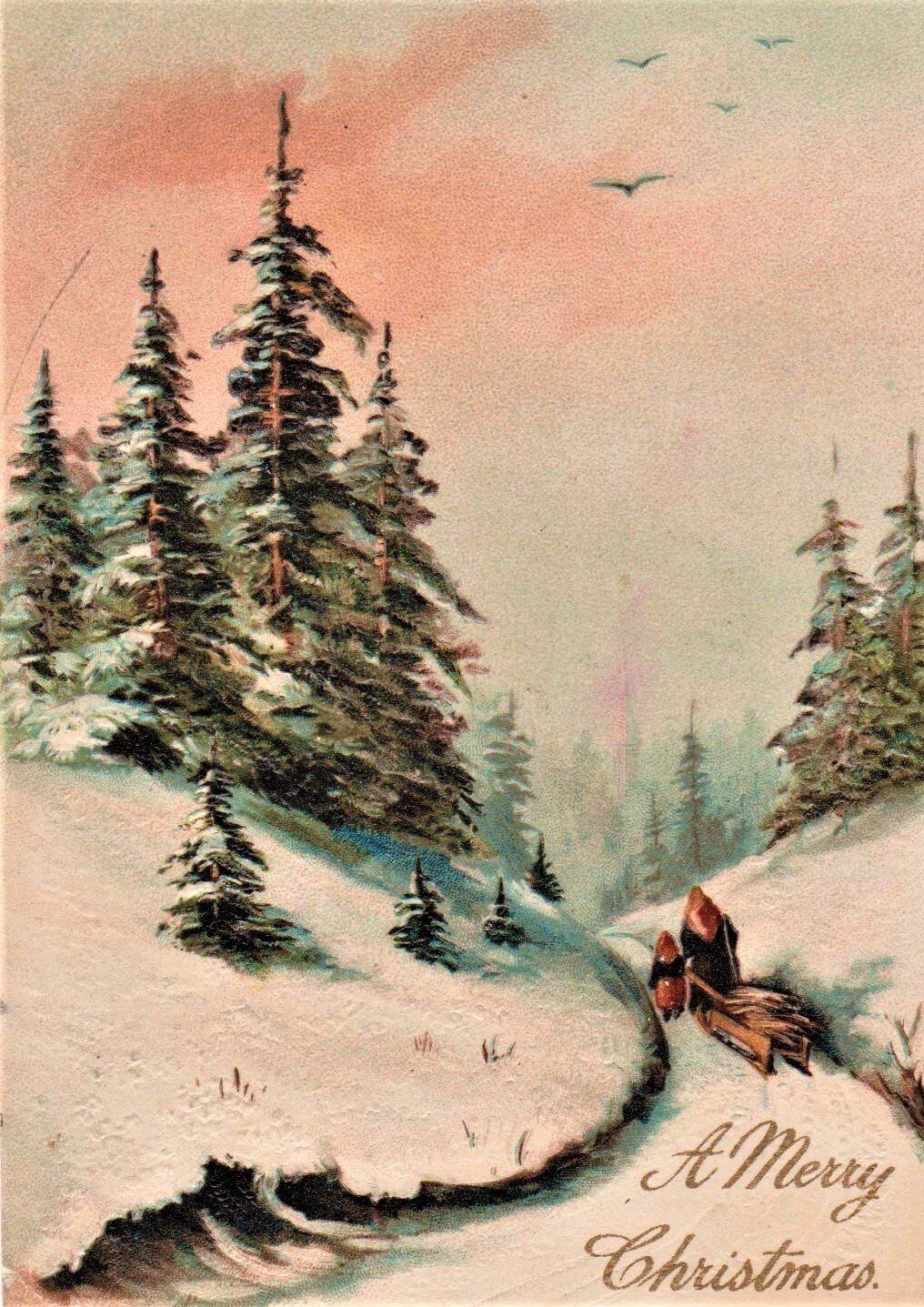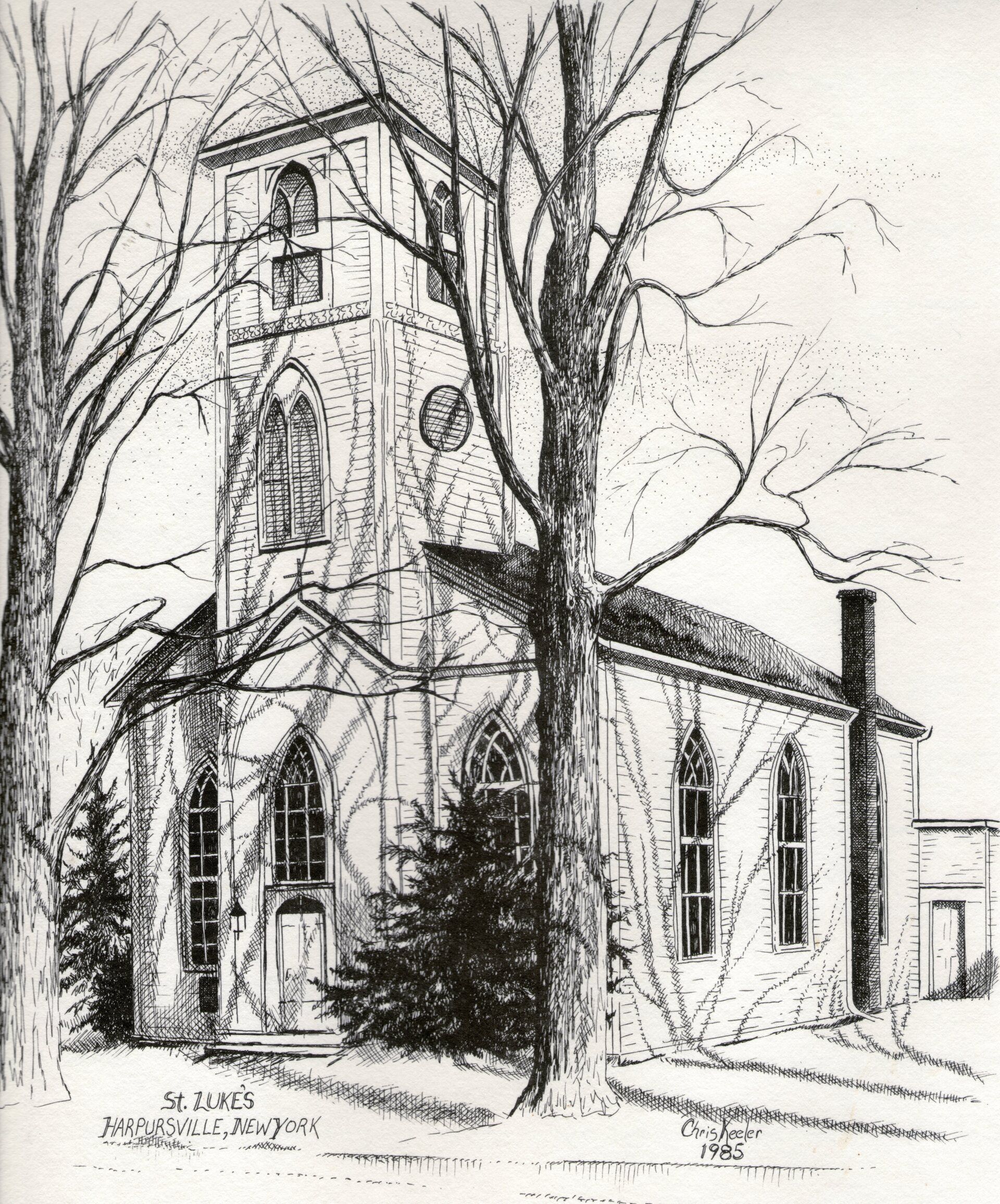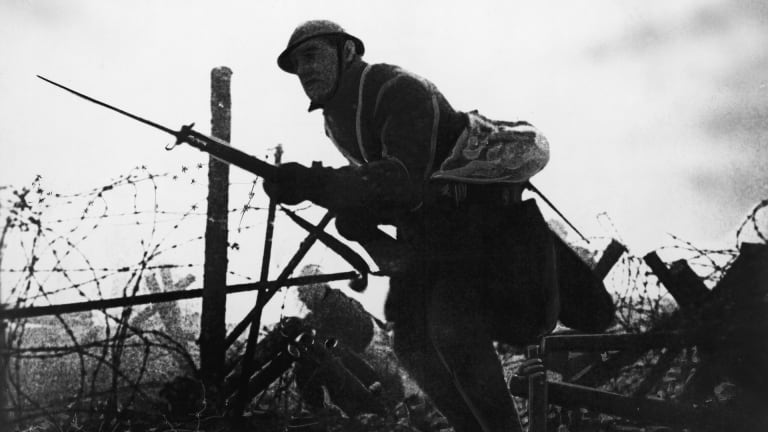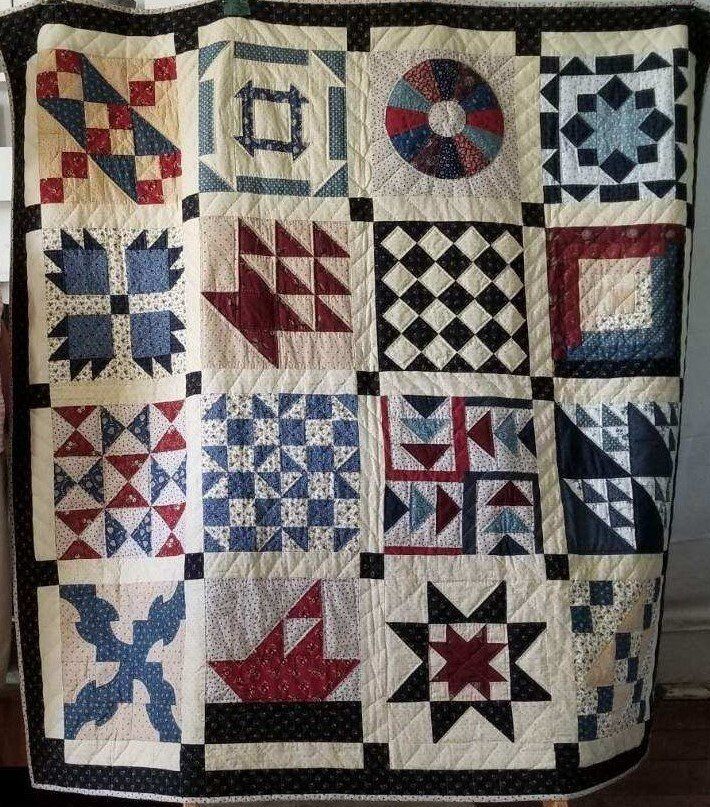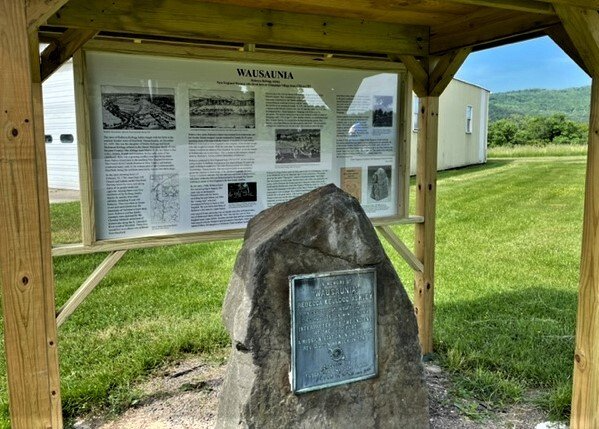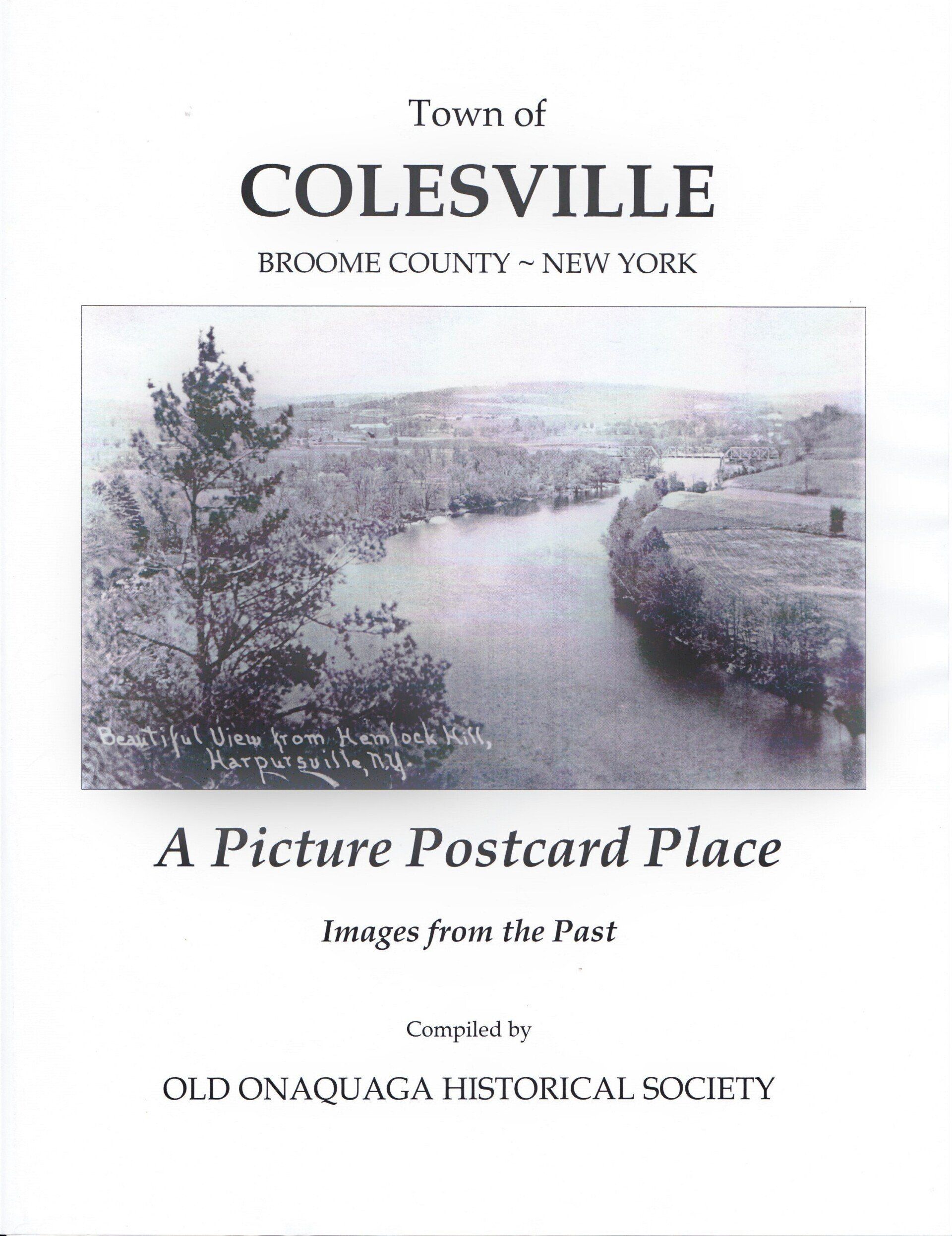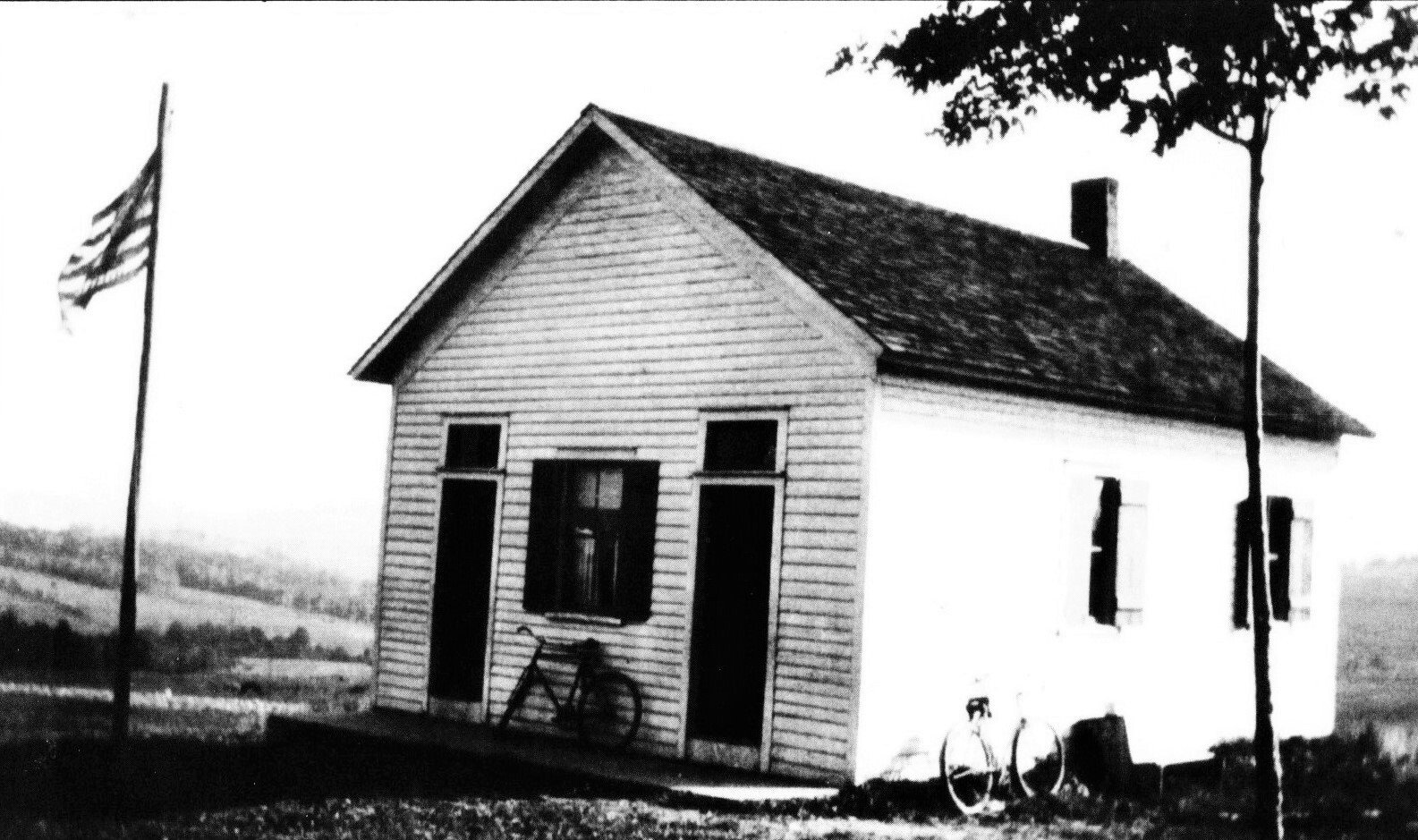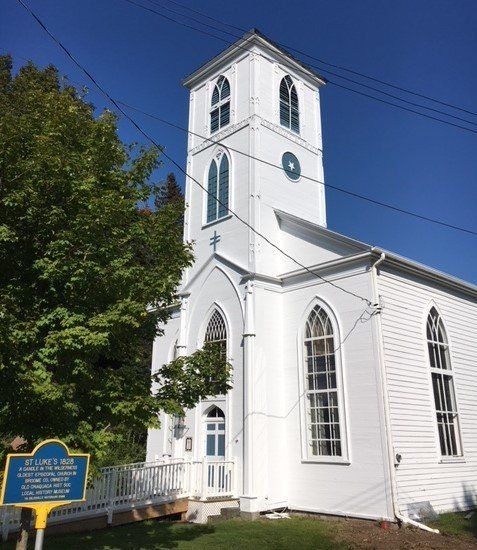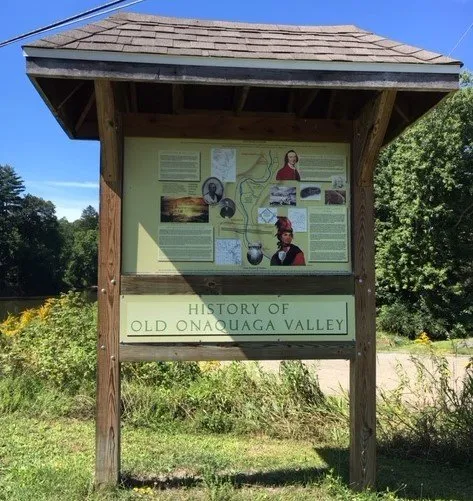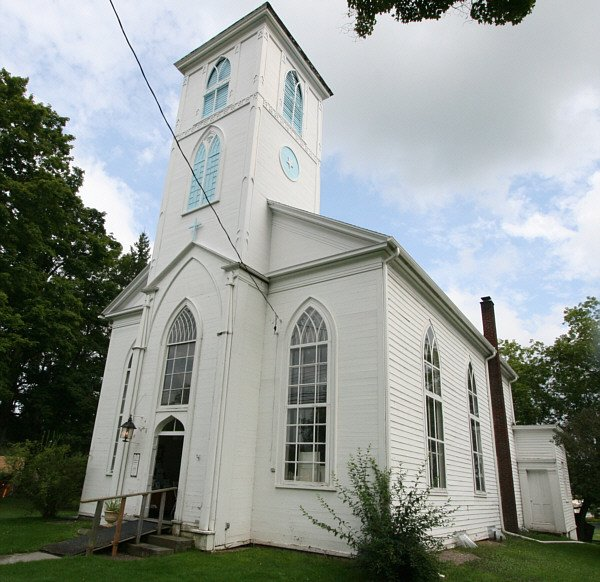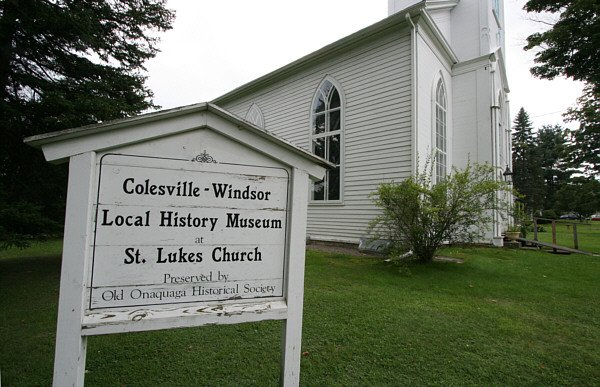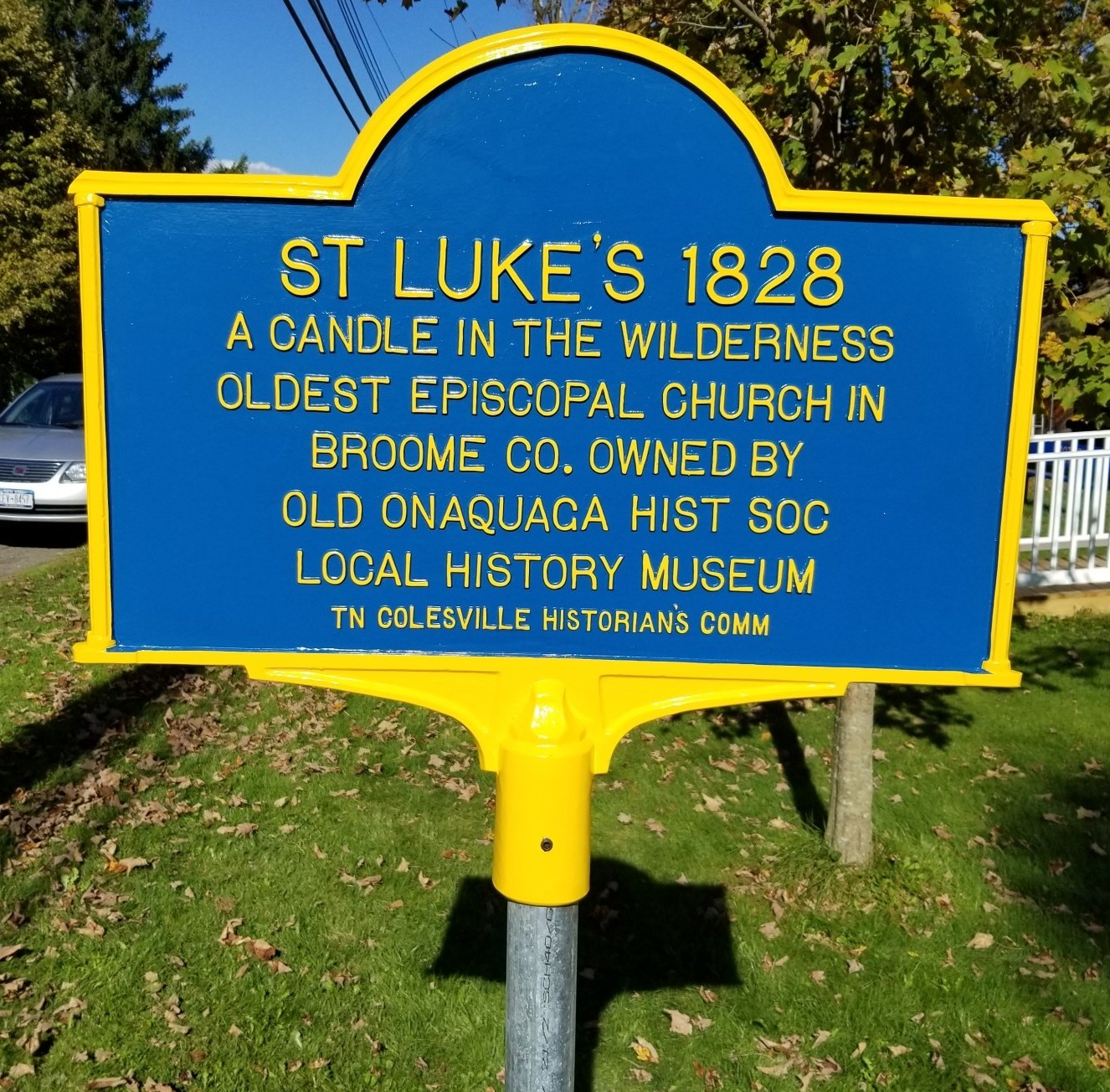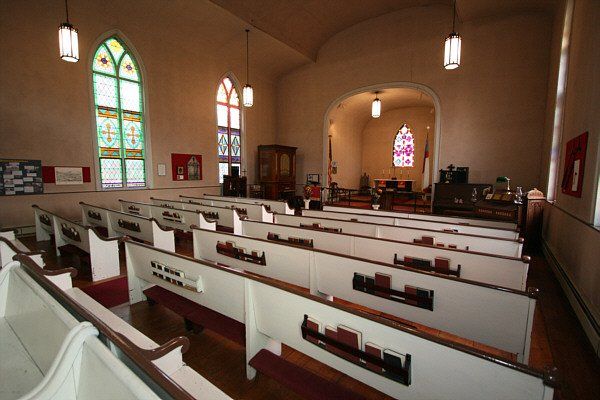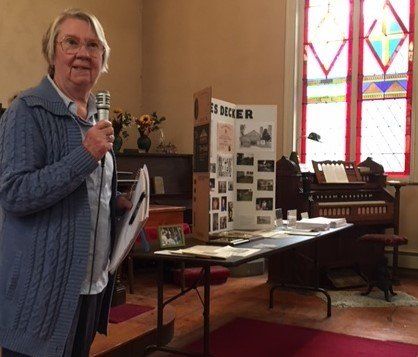Haudenosaunee Thanksgiving Address
Greetings to the Natural World
The Historical Society held its annual St. Luke’s Day in early November this year. As we have done for the past 53 years, we celebrated the day with a Service of Thanksgiving at St. Luke’s Church in Harpursville. Fr. Geoff Doolittle from the Zion Episcopal Church in Windsor officiated. At one point in the service, OOHS President Eileen Ruggieri read parts of a translation of the Haudenosaunee People’s prayer of thanksgiving to the natural world. In doing so, we honor all of the people who have lived in this valley—in this place we call home. So, before turning our attention to the joyful season of Christmas, it seems fitting that we share these greetings of peace and thanksgiving that were spoken at the Oneida Village of Onaquaga over 250 years ago.
To the People
Today we have gathered and we see that the cycles of life continue. We have been given the duty to live in balance and harmony with each other and all living things. So now, we bring our minds together as one as we give greetings and thanks to each other as people.
To Mother Earth
We are all thankful to our Mother, the Earth, for she gives us all that we need for life. She supports our feet as we walk about upon her. It gives us joy that she continues to care for us as she has from the beginning of time.
To the Waters
We give thanks to all the waters of the world for quenching our thirst and providing us with strength. Water is life. We know its power in many forms—waterfalls and rain, mists and streams, rivers and oceans. With one mind, we send greetings and thanks to the spirit of Water.
To the Food Plants
With one mind, we turn to honor and thank all the Food Plants we harvest from the earth. Since the beginning of time, the grains, vegetables, beans and berries have helped the people survive. Many other living tings draw strength from them too.
To the Animals
We gather our minds together to send greetings and thanks to all the Animal life in the world. They have many things to teach us as people. We are honored by them when they give up their lives so we may use their bodies as food for our people. We see them near our homes and in the deep forests. We are glad they are here and we hope that it will always be so.
To the Trees
We now turn our thoughts to the Trees. The Earth has many families of Trees, who have their own instructions and uses. Some provide us with shelter and shade, others with fruit and beauty. Many people of the world use a Tree as a symbol of peach and strength.
To the Sun
We now send greetings and thanks to our eldest Brother, the Sun. Each day without fail he travels the sky from east to west, bringing the light of a new day. He is the source of all the fires of life.
To Grandmother Moon
We put our minds together to give thanks to our oldest Grandmother, the Moon, who lights the night-time sky. She is the leader of women all over the world, and she governs the movement of the ocean tides. By her changing face we measure time, and it is the Moon who watches over the arrival of children here on earth.
To the Stars
We give thanks to the Stars who are spread across the sky like jewelry. We see them in the night, helping the Moon to light the darkness and bringing dew to the gardens and all growing things. When we travel at night, they guide us home.
To the Enlightened Teachers
We gather our minds to greet and thank the Enlightened Teachers who have come to help throughout the ages. When we forget how to live in harmony, they remind us of the way we were instructed to live as people.
To the Creator
Now we turn our thoughts to the Creator, or Great Spirit, and send greetings and thanks for all the gifts of Creation. Everything we need to live a good life is here on this Mother Earth. For all the love that is still around us, we gather our minds together as one and send our best words of greeting and thanks to the Creator.
Caption for photo:
This is where some of the longhouses of Onaquaga would have been built hundreds of years ago. That’s Fordway Road looking west, with the Susquehanna River just beyond the trees that line the fields.
